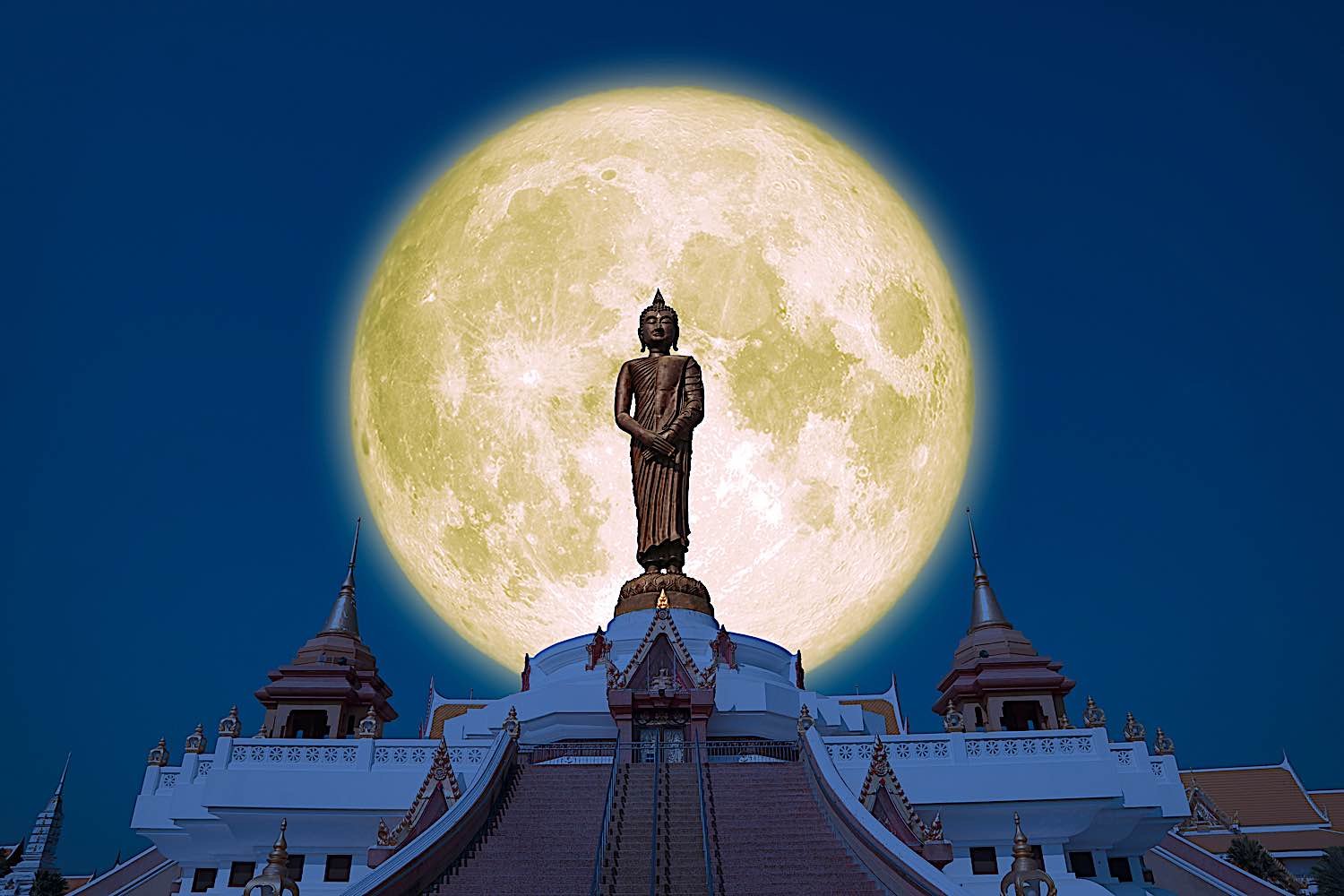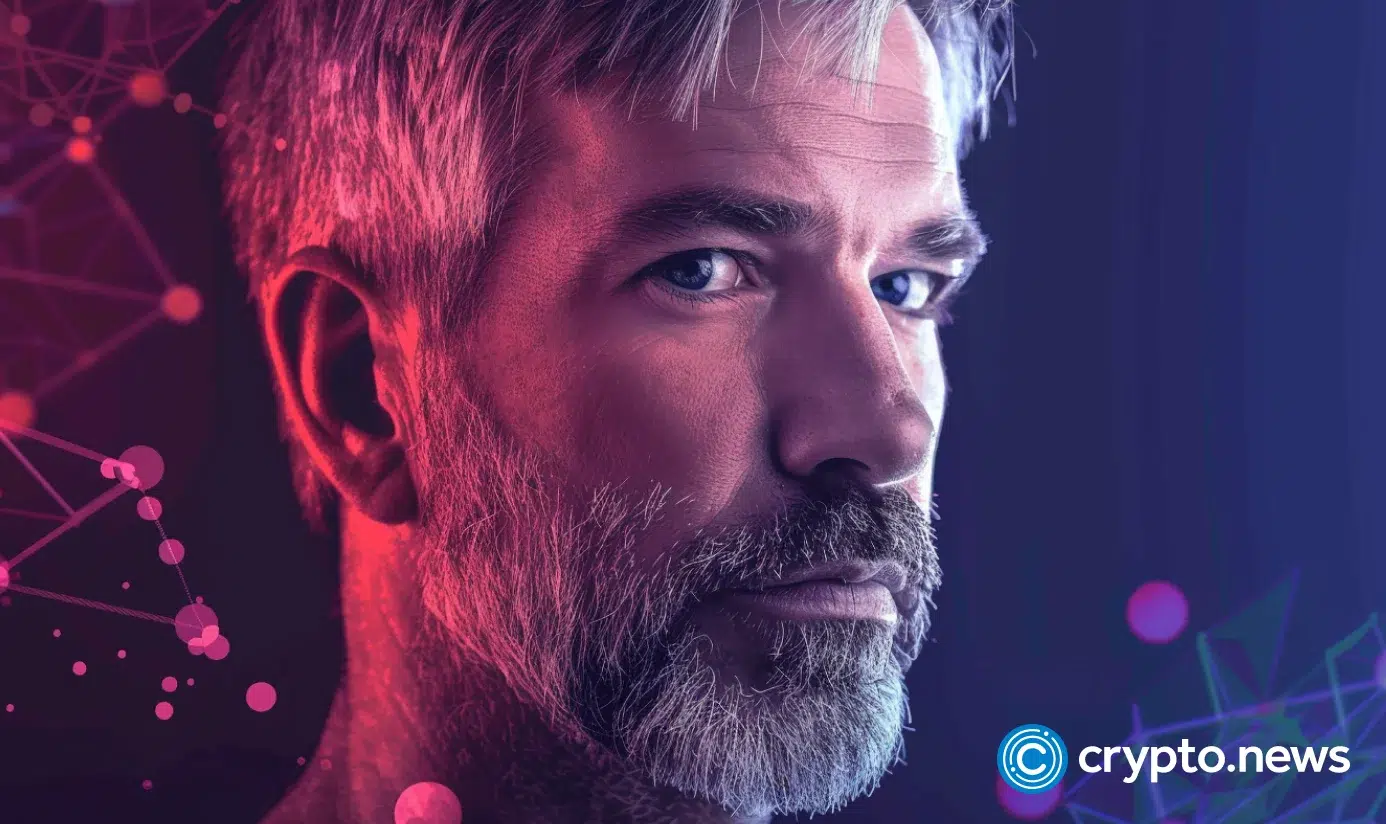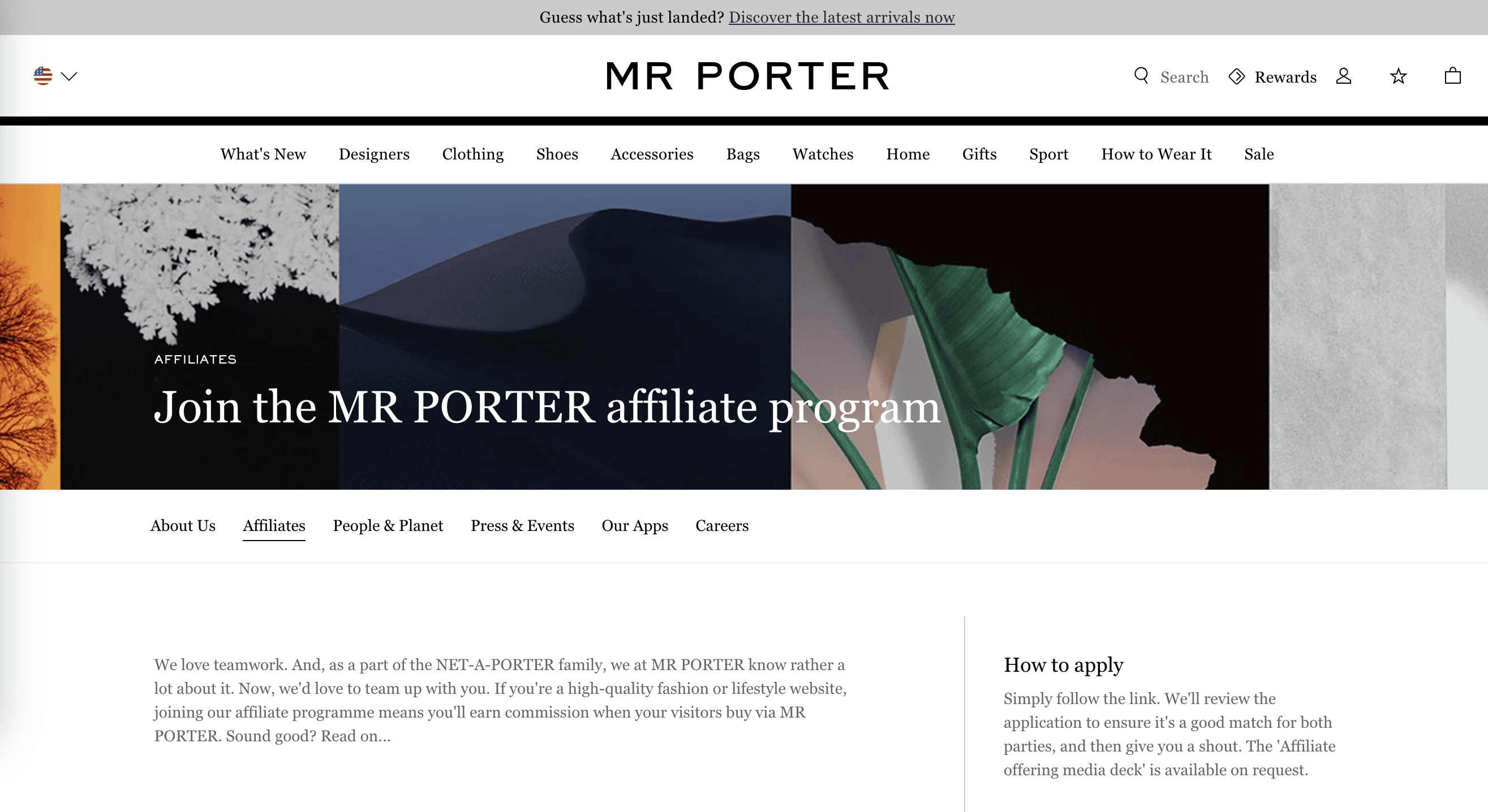Returning to the Center
How stillness can reshape our experience of the world The post Returning to the Center appeared first on Tricycle: The Buddhist Review.

The first time I sat on the cushion was the first time I actually felt like I was at home. It was the beginning of something I didn’t ever want to end. It was very clear to me: I’m just always going to do this from now on.
There are different kinds of beginnings of practice, of course, and they come out of the particular circumstances of our lives. But for many of us, the beginning of practice is some form of suffering—dukkha in Pali and Sanskrit—or an intimation, a kind of longing. For me, it was both suffering and a realization that life didn’t have to be the way I was experiencing it at the time.
While many people translate dukkha as suffering, I’ve stopped doing that, because neither the English nor the German word—be it suffering or unsatisfactoriness or stress or whatever—really captures what the dynamic is. The word “dukkha” in Sanskrit, etymologically, refers to a cart. A cart has wheels, and each wheel has a center. The axis or axle goes through the center of the wheel, and dukkha means the axis is off, that it’s not in the center. The Buddhist counterpoint to dukkha is sukha, and we could translate that as the bliss or joy that arises from the experience of aliveness. Etymologically, sukha means when the axis is back in the center.
The whole path lies here, in the center of the wheel, and it’s the difference, literally, between heaven and hell. When the axis is in the center, it’s bliss. When it’s off-center, everything feels wrong. It doesn’t quite come together. I experienced that when I first started to practice strongly.
My practice now is figuring out how everything we do can lead us into inhabiting our own experience fully—bodily fully. What I hope to share here is how bodily inhabited stillness can unstructure the mind.
By “stillness” I don’t just mean the absence of noise. I mean a stillness that is felt in the body and pervades our experience. How can that experience unstructure the mind? The notion that the mind can be unstructured through fully inhabiting stillness was the big news that Zen practice brought into my life. Oh, my god, oh my Buddha, the mind can be unstructured! And if it can be unstructured, it can be restructured.
But what do I mean by “unstructured”? We’re born into life as babies, and even then, whether we like it or not, our mind is already being structured. We learn our ABCs, we learn our multiplication tables, we learn the grammar of our language. I studied Japanese for three months, which was just enough time to know that I’m never going to speak the language, but it was also enough to see how the grammar of a language structures our worlds. That is, we think it’s the world that’s structured in a specific way, but, actually, it’s our minds that are structured.
Babies live completely in their unstructured experience. Everything is happening all at once, and they’re totally located in that experience. If I look at a baby, I can see that the baby isn’t planning tomorrow. It’s not worrying about yesterday. The baby is totally immersed and located in its immediate experience. I have a little nephew now. He seeks his mother and father, primarily, and they are his tuning forks—deeply resonating with each other in body and mind—and that, I’m sure, structures his mind. That’s how our minds become structured, and patterns are defined, for better or worse.
Living in the Present
We can learn to unstructure our mind and reinhabit where we came from, which is located in our immediate experience, just as it is for babies. When we normally look at the present, it is often defined by the past, but it’s better if the present can be defined exclusively by the present itself. That’s what we end up calling “suchness” in Buddhism, being present in the present moment. I can be my own becoming. I don’t have to be the unconscious, automatic reenactment of my past. I can be the living enactment of the present.
But the present can also be defined by the future. It’s not just who am I or what am I, it’s also who and what I hope I will become based on how I am living in this moment right now. [With this embodied presence], we can shape and participate in the present with much more compassion for the future. On a larger scale, we’re shaping the world that our children are going to have to live in, so we could look at the present with the compassion of that perspective.
I can look at the present from the perspective of the present or the future or the past. Baker Roshi has often pointed out that the Buddhist path begins with right view, and I think the main reason is that views shape perceptions—how we think shapes what we see. We tend to believe, “Oh, I view things this way because this is how I perceive them.” No, it’s the other way around. I perceive them that way because that’s how I view them. That shift in understanding opens many doors to freedom. Our views are what we’re looking out from. But we tend to think, “Here’s my perception, and, therefore, I have such and such an opinion.”
Prior to the perception was a view, and the most fundamental views are psychological views, biographical views that we’re holding on to, which can literally warp our perception. Of course, we’re not holding our views neutrally. Views have their reasons for being there. We either deeply identify with them, or we have very good biographical reasons for holding them. [In order to investigate this], the still and empty observing aspect of mind needs to become our home address. It’s a process of releasing the views that we are questioning. Maybe some of them we actually do want to keep, but we want to be intentional about it so that this can be a view that I actively choose. It’s a vow. It’s part of who we really, most deeply, wish to be rather than one of our reactive patterns.
If I’m receiving the next moment, I’m a lot more likely to notice how I don’t know what’s going to happen, so I can start accepting the future in its unpredictability.
One other thing Baker Roshi said about how views precede perceptions is that, in Asian cultures, they don’t necessarily think, “I am going into the future.” In most Western cultures, we think we’re going forward into the future. The past is behind me. We even say exactly that, in English and in German. The past is behind me, spatially, and the future is in front of me. We may think that’s just how it is, but it’s a view we’re holding. In Chinese culture, for instance, one tends to think the future is coming toward them. What has changed is the dynamic of movement. I’m here, I’m still and unmoving, in bodily inhabited stillness, and the future is coming toward me. I’m not going into it, I’m receiving it. These things are meaningful in how they can shape our bodily feeling of what’s going on. If I receive the future, I can’t help but notice that it’s unpredictable. If I’m receiving the next moment, I’m a lot more likely to notice how I don’t know what’s going to happen, so I can start accepting the future in its unpredictability.
Views precede perceptions, and our perceptions then end up constituting what we call the world, or what we call “here.” First of all, we need to learn that we have a choice about the views we hold. But in order to have a choice, we have to identify what the views are that we’re already holding. And that’s not such an easy process. How do I identify something that I’m looking out from, something that is invisible to me?
The answer is by unstructuring the mind. Bodily inhabited stillness can give insight into the structure of the mind, and this is learned through zazen. Stillness can lead to unstructuring, which helps us see our unconscious views we’re holding so we can work on them. Zazen can create an observing aspect that can see into the mind. So now there’s the mind that perceives, and an observing aspect of mind that can see into how the mind perceives. It can see the seeing.
That skill can be learned in zazen, and it is, I think, the core skill to be learned in zazen. And then there’s the whole process of how to maintain that observing aspect of mind as a place of bodily inhabited stillness that’s not also filled with unconscious views. Because if that observer now has his own agenda or their own agenda, we have a problem. Then we’re just playing mind against mind. The sensitivity of the yogi is how to keep that observing aspect of mind still and free and empty, so that it can actually see into the structures of mind from which we’re perceiving the world.
Some moments are sudden in practice. There are sudden insights, and they make a difference. But the overall process of practice is gradual because it’s a neurological process, and we need to learn how to inhabit these new perspectives. When we do that, we’re in a process where practice, from my point of view, has a tremendously therapeutic effect.
Bodily inhabited stillness can unstructure the mind and start the process of allowing, acknowledging, and releasing views. But how can stillness become the location from which our potential unfolds?
I don’t mean our individual, personal potential, but rather what we could be in the most fundamental sense. I am Nicole. I have certain potentials, and other potentials I don’t have, but Nicole is the smallest identity I could hold. Other identities would be gender or ethnicity or something a little larger, a human being. We’re all the same in our identity as human beings. But I think the most profound sense of identity is as a sentient being in the midst of heaven and earth, a sentient being on this sentient planet.
How do we release the mind, the patterns of the mind, into this fundamental identity, this nameless, formless presence? We need structures of mind in order to respond to the world, in order to participate. So the question becomes: How do we unstructure the mind, releasing ourselves into a sense of shared aliveness? And then: How do we allow our actions, our participation in the world and with each other, to arise from that shared feeling?
The answer is contact. Entering the pulse of meeting and speaking, as we say in Buddhism. In meeting and speaking, we tune each other in subtle ways, as a baby tunes to their parents. The bodhisattva has a vow: to invite others, to tune others, into a sense of shared aliveness. It is from here that our deeper intentions, our vows, and our true commitments can arise.
We can create the moment. We have a choice in how we create this moment, and the next, and the next. Let us choose wisely. Let us choose compassion.
Adapted from a YouTube presentation of the Atlanta Soto Zen Center

 Kass
Kass 



















![The 2026 AI Search Benchmark Every SEO Leader Needs [Webinar] via @sejournal, @lorenbaker](https://www.searchenginejournal.com/wp-content/uploads/2025/11/1-259.png)









.jpg&h=630&w=1200&q=100&v=ebcc31501f&c=1)


